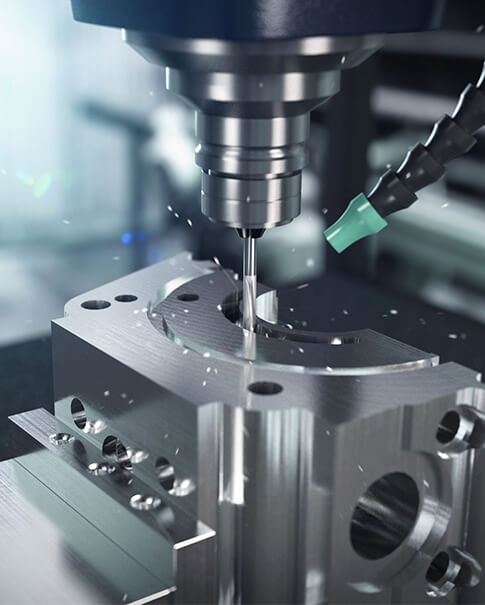
3D Printing
3D printing is quickly changing the manufacturing industry all over the globe. Not only is it more affordable than ever to create prototypes, but there is also a greater level of flexibility we haven’t seen before. This model of building products is starting to gain more attention, and it’s expected to be the new normal in the near future.
|
Advantages Of GT 3D Printing Service:
Custom 3D printing is accurate to CAD Online 3D printing delivers fast rapid prototyping. SLA and SLS delivers good surface finishes Strong, rapid prototypes and end-use parts. Complex geometry possible with 3D printing. |
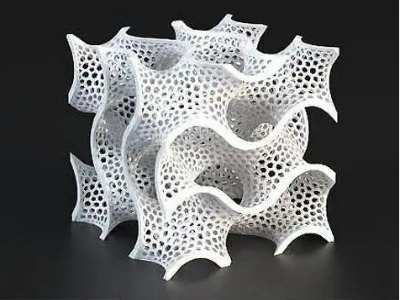 |
What Is 3D Printing?
3D printing, otherwise known as additive manufacturing, is a manufacturing process that builds a part layer by layer. A computer sends instructions to the 3D printer, which deposits or hardens material in a preprogrammed pattern, creating layers in succession.
3D printing has revolutionized manufacturing by giving businesses access to a one-step manufacturing technology. 3D printers can be set up in offices and small workspaces, and require minimal training to operate. Moreover, startup costs are incredibly low, since materials are affordable and can be purchased in small quantities.
SLA &SLS Rapid Prototyping Services
Additive manufacturing or 3D printing is the future of manufacturing and is opening up a world of 3D prototyping and low-volume rapid manufacturing possibilities. GT-prototype have been providing online 3D printing solutions for over 10 years. Rapid prototyping via SLA and SLS paired with our extensive experience enable us to deliver high precision, high-quality parts every time.
|
SLA – great for accurate aesthetic models and rapid prototyping. A precise laser cures a liquid resin in the build chamber building accurate parts one layer at a time. |
SLS – great for functional rapid prototypes and low-volume end-use parts. Here a precision laser fuses powder material together one layer at a time, to build accurate and strong nylon parts. |
Why use 3d printing:
1. Better Design
In the past, prototypes were used as a way to test designs. While that’s still true, there is significantly more room for flexibility at this stage than ever before thanks to 3D printing. The traditional manufacturing process required distinct stages. These stages all relied on digital models, and these came with limitations.
First, the prototype wasn’t able to be made with similar models or capabilities of the final product. This meant there were fewer opportunities for accurate design and testing. Now, the digital thread can be used throughout the entire process, and more accurate, well-designed models are available thanks to 3D printing.
2. Manufacturing as a Service
While we’ve recently come to know the term SaaS (software as a service), it looks like we need to say hello to another term MaaS. Manufacturing as a service is something that bloomed thanks to 3D printing. We are seeing companies with infrastructure built to support multiple design and production efforts for several clients, all while using the same 3D printing technology.
3. Less Waste
Since 3D printing uses only the required material and needs no tooling, it is one of the most affordable manufacturing processes for one-off parts or small batches. Although 3D printers require power to operate, there is generally no material wastage involved. Subtractive processes like machining, on the other hand, produce waste material.
4. Higher Utilization
3D printers create parts layer by layer using a computer-controlled nozzle, they can be used to create highly complex shapes, including complex interior geometries. Since 3D printing uses only the required material and needs no tooling, it is one of the most affordable manufacturing processes for one-off parts or small batches.
5. Encourage Innovation
Finally, one of the most important ways 3D printing improves the creation of prototypes is through the introduction of further innovation. While in the traditional process different parts are assembled together to create a whole, 3D printing removes these constraints. 3D printers can build complex and valuable products as a whole without needing any additional design elements.
Because there are fewer constraints to the design projects, engineers and designers alike are able to think freely. We are seeing how companies around the globe are building products that push the boundaries on what we’ve seen before. We
3D Printing Is Used For:
Functional models, quick fit, form and function rapid prototypes, aesthetic prototypes, low-volume production parts, master models or patterns, functional prototypes
If you need assistance in finding which 3D printing process is the right fit for you, you can set up a consultation and planning phase with our team of additive manufacturing experts.
All 3D CAD files you wish to have printed must be provided for the design and reviewed by the production team so they can be optimized and made to meet design requirements. These requirements will differ between FDM, SLA, SLS, and SLM 3D printing, so be sure to optimize your CAD model for the 3D printing process you wish to use.
Download our 3D Printing material guide here, and material specification sheets here. Follow us on Facebook or LinkedIn for daily tips, advice, trends, and opinions on rapid manufacturing.
Parts of the product:
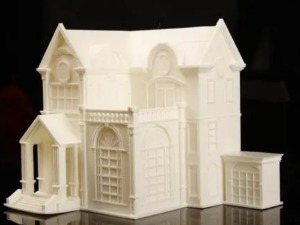 |
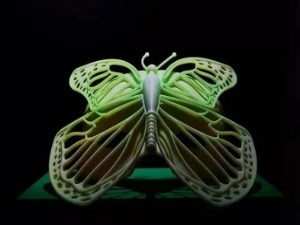 |
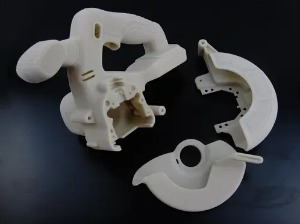 |